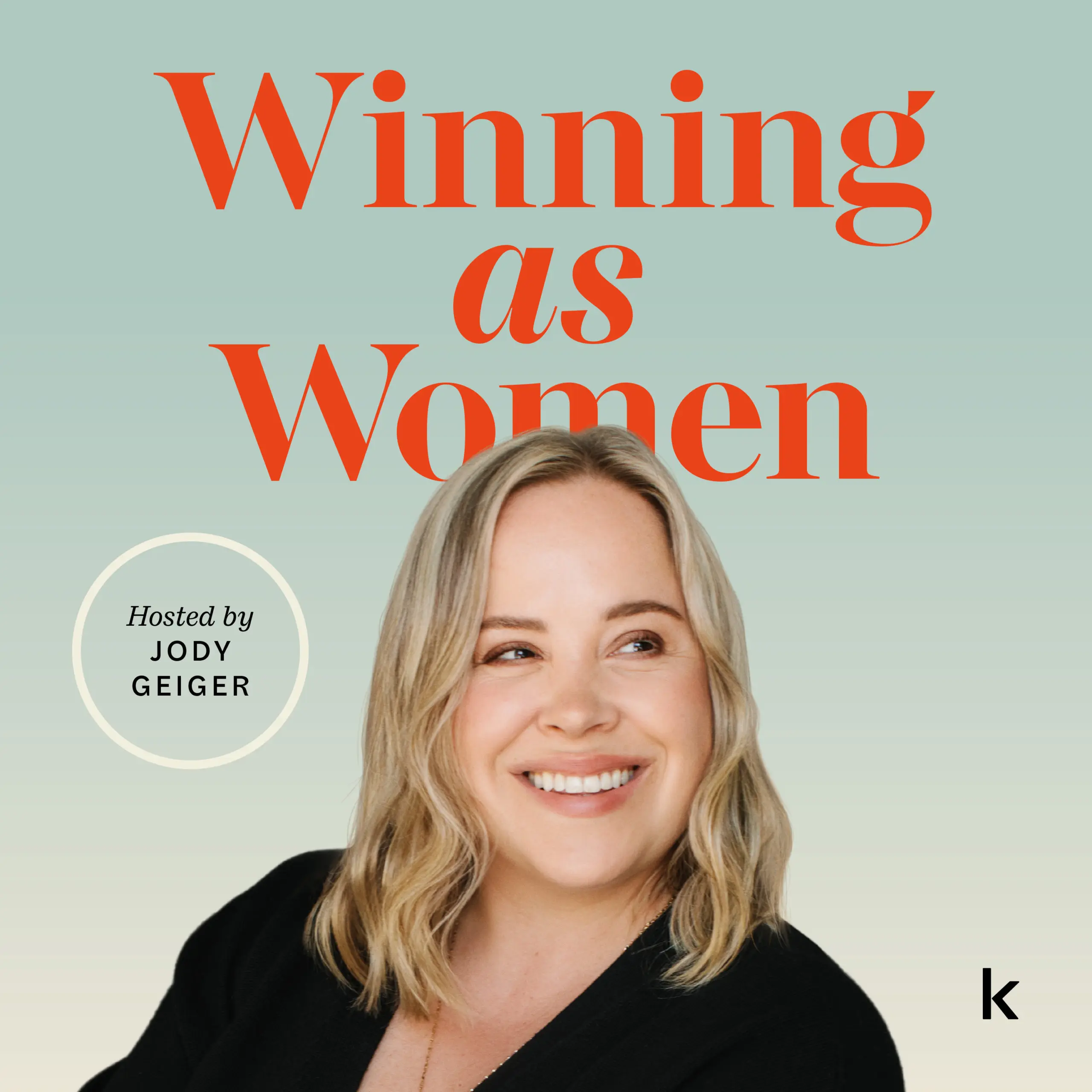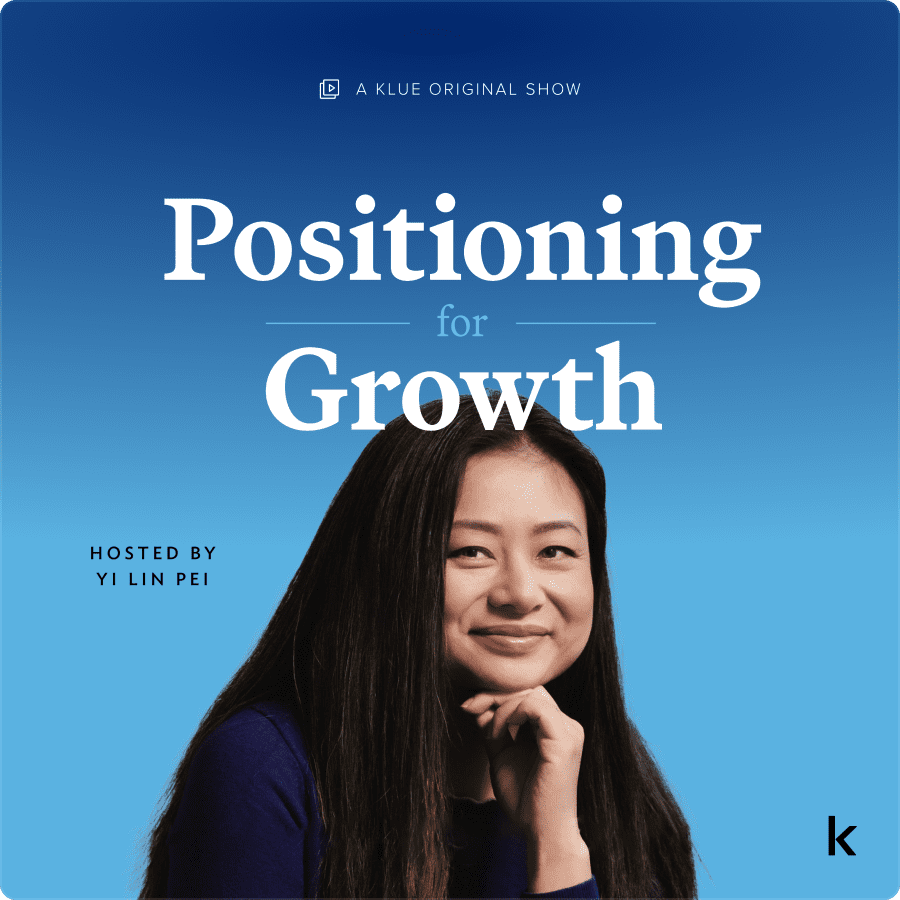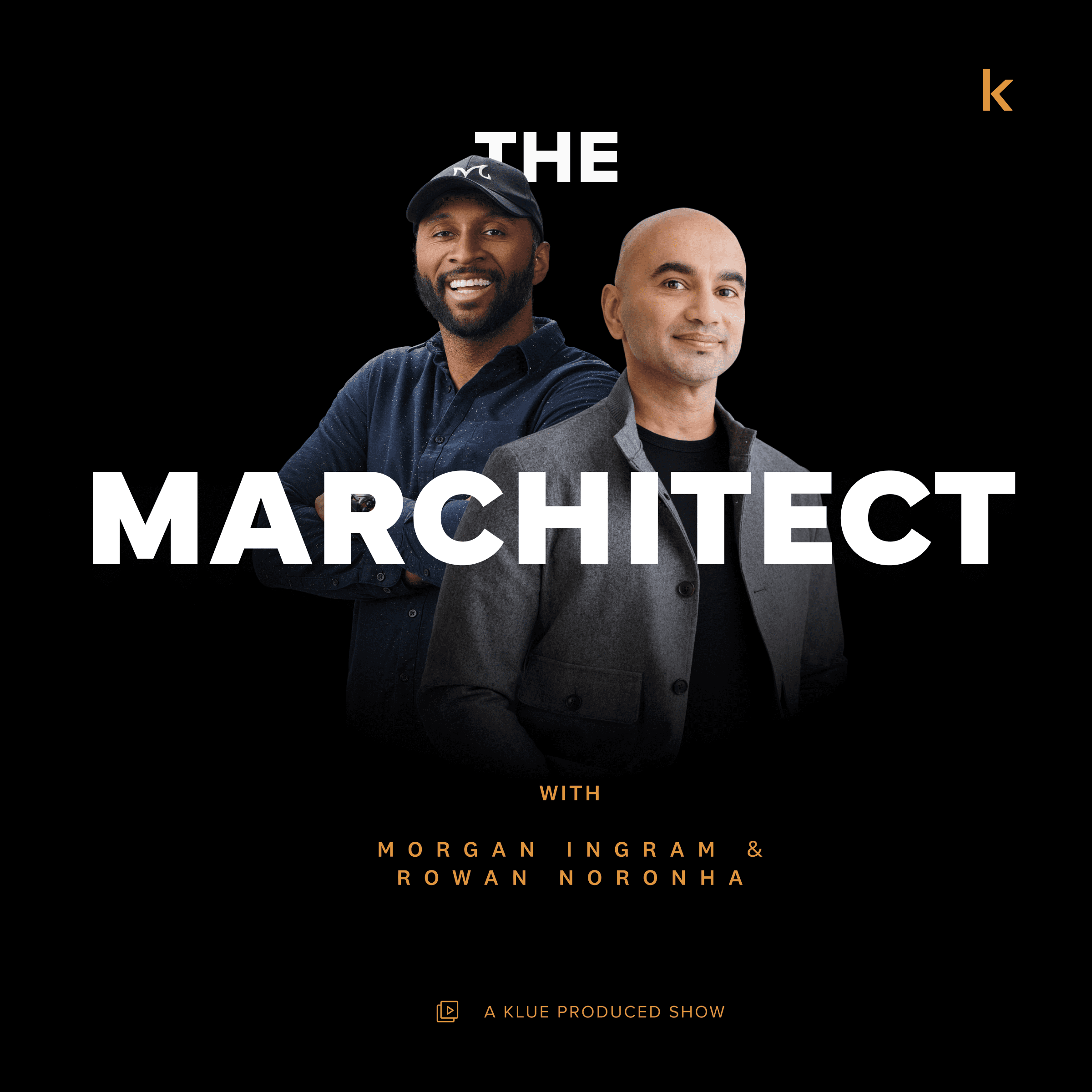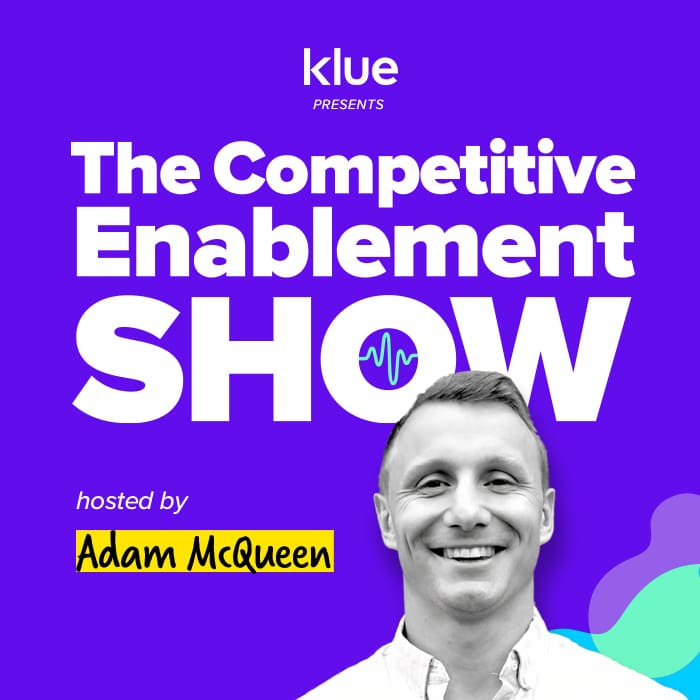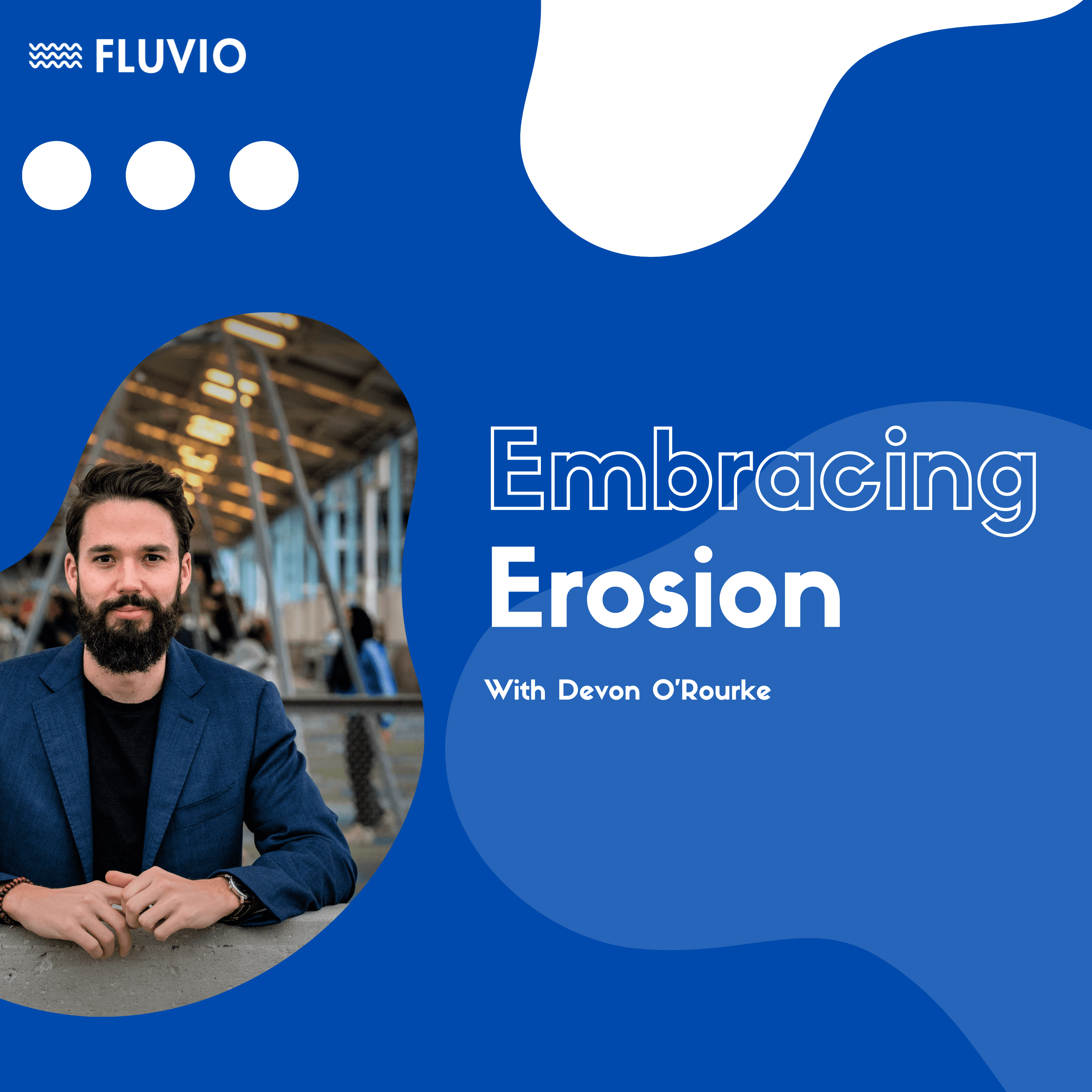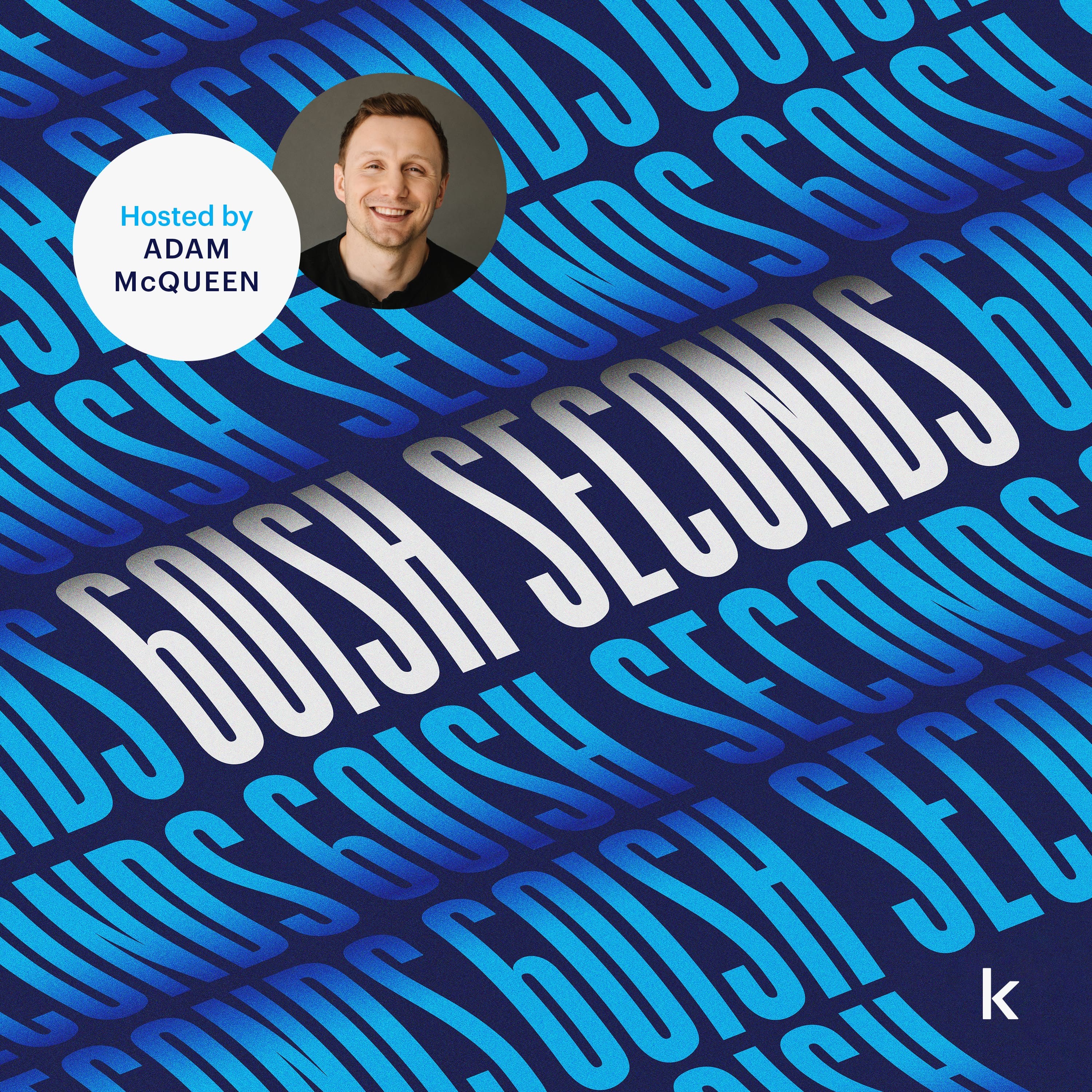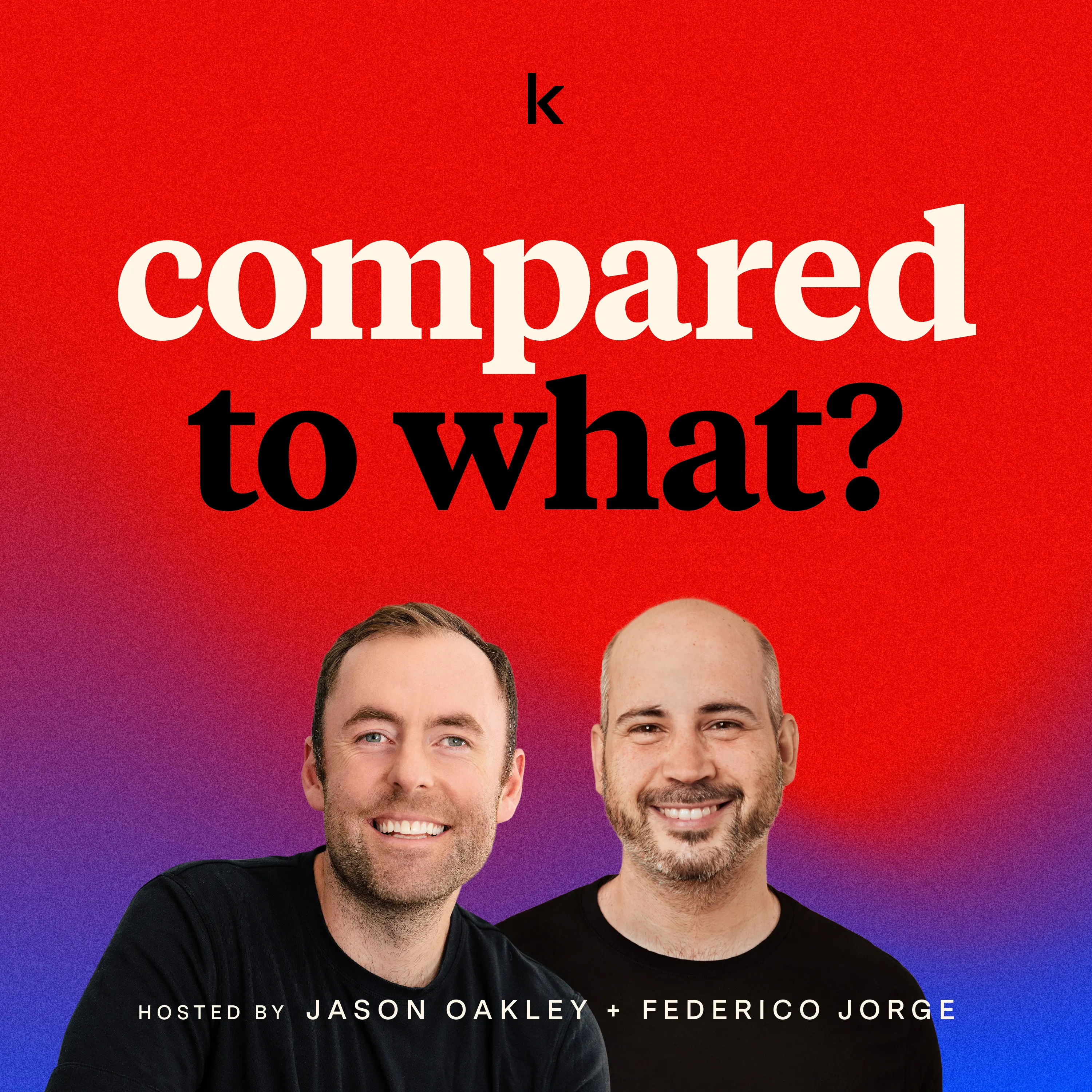Win-Loss Analysis: Delivering More Than Just a Deck
Vijay Gupta is the Chief Growth Officer at Emplifi. He joined Ryan Sorley for the SEASON 3 PREMIERE to share why win-loss analysis has been a part of every GTM motion he’s led.
Here are Vijay’s three biggest pieces of advice for running a successful win-loss program.
The deliverable for win-loss analysis isn’t a PowerPoint Deck, it’s positive and impactful organizational change
There’s a reason why Vijay has never encountered an executive that doesn’t see the value of win-loss insights. Because it’s those insights that unlock the kind of organizational change that grow businesses (and make careers).
That doesn’t mean your success in win-loss — or leadership buy-in — is a given. It’s still on you to fight for the resourcing that enable a structured win-loss program, and to position your program within the org.
“The executive that leads win-loss has to think about it as a change driver rather than as yet another deliverable that will get created.”
Win-loss cannot be viewed as a throwaway report that might someday land on a CEOs desk — and may or may not ever get read.
The deliverable for win-loss is organizational change. You should believe, and make your executives believe it too.


⏰ There’s no better time than now to start a win-loss program ⏰
He’s made career stops at Microsoft, Adobe and Salsify. And at each company, he’s never met an executive that doesn’t see value in a win-loss program,
Executives don’t question the value of win-loss. But how a win-loss program takes shape — how wide and deep to go; resourcing — gets stuck in the minds of decision-makers.
Vijay’s advice is to cut through the indecision and start a formal win-loss program as soon as possible.
“Win-loss is a situation where you have to invest first before you harvest. And you can’t harvest by investing in it on-and-off with an ad hoc time commitment and ad hoc resources.”
Ad hoc programs often seal their own fate. An unsystematic process yields unreliable data.
Having worked with both ad hoc and formal win-loss programs, there is no subsitute for a proper win-loss program.
And there’s no better time to start than now.
Check out Ryan’s best tips for nailing your next win-loss interview
Solid internal positioning of your win-loss program predicts its success
Who owns win-loss? What team, what department? How is your win-loss program branded internally? What are the desired outcomes? How often are we communicating insights?
All questions you need clear answers to in order for you to properly position your program within the organization — especially when it comes to setting your outcomes.
Vijay says there’s a risk in going too wide in your win-loss goals. A problem he’s experienced first-hand.
“When I started to look at win loss, we tried to optimize for bandwidth rather than for outcome available bandwidth rather than for outcome, which meant that essentially we ended up doing a bad job.”
Casting too wide a net makes you less effective in reaching your goals. And when you don’t have any wins or competitive insights to share, the value of your win-loss program becomes obscured.
But narrow your scope (and get some early wins), get crystal clear on who owns what, communicate early an often, and you’ll start positioning your program as a powerhouse in the org.




Stay up to date with the latest from The Compete Network
Be the first to know about the newest episodes dropping on the Compete Network, upcoming shows with creators, and community events where you can learn from top leaders.
JOIN NOWNEWSLETTER

Never miss a new release on the network.
(Your competitors sure aren’t.)
Be the first to know about:
- The latest episodes dropping on the Compete Network
- Community sessions & events
- Upcoming exclusive shows

